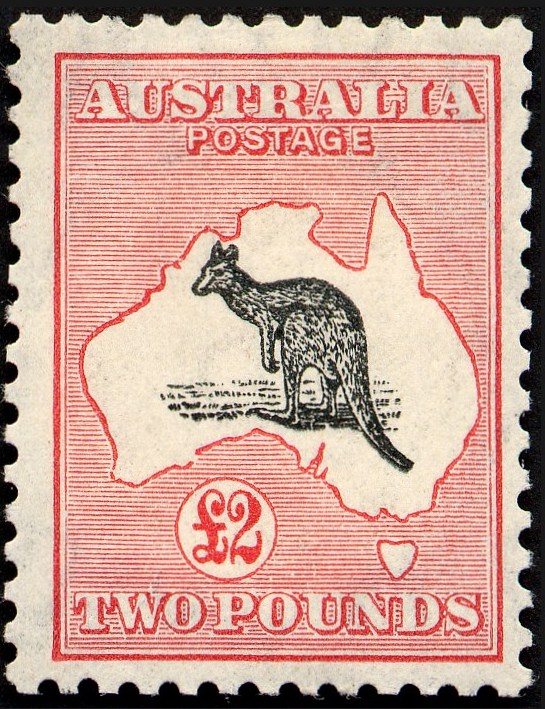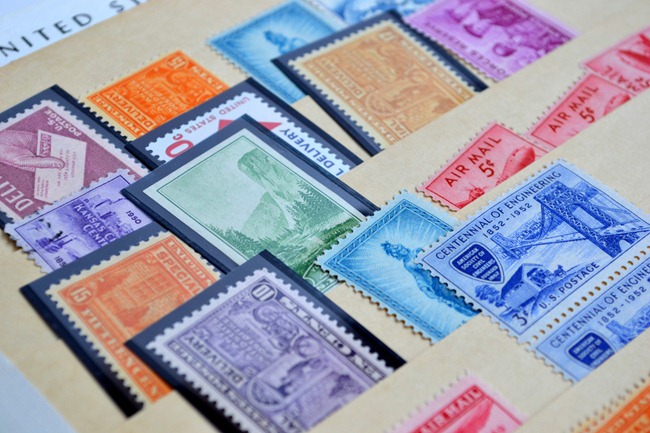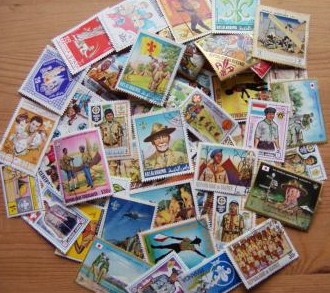Stamp Collection: Basic Guide to What Is It
Stamp Collection: Basic Guide to What Is It
The collection of postage stamps, or philately as some might call it, has been one of the most well-known and popular pastimes all over the world ever since the very first postage stamp (the Penny Black) was issued in the year 1840. Whatever your reason is for starting your very own stamp collection, for sure you are enjoying yourself as you go along. The idea of actually assembling and building up a stamp collection can be very challenging, especially for beginners. It takes a while to be able to put together a good stamp collection, but as time passes by, what matters a lot for most stamp collectors is the vast knowledge they acquire as they continue collecting stamps. Others who get lucky would chance upon an odd or rare find, making their stamp collection more unique and even more valuable. Click here to view Rare Stamps.
If you are just starting a stamp collection, do not worry too much about the details. Many stamp collectors who started out usually collect all the stamps they can get, add them in their stamp collection, and after a while, they can choose to focus on whichever category (type) or theme that interests them the most. Click here to view postage stamps categories.
How does one acquire stamps when starting a stamp collection?
There are actually many ways how one can acquire stamps to include in their stamp collection. Many stamp collectors ask their friends and family to save the stamps for them that came from their mail. Stamps received from friends and family typically belong to a postage stamp category called definitive stamps, whereas stamps received by major business establishments and the ones from relatives living abroad might be more of historical and international interest. Having pen pals is also one way to collect postage stamps from abroad. For some lucky stamp collectors, they mainly started out their stamp collection when they inherited stamps from friends or family members who happen to be stamp collectors themselves. As a matter of fact, a lot of people who inherited a stamp collection from others start out their stamp collecting journey this way.

Definitive stamps may be deemed ordinary since they are very common, they can still fill many pages in a stamp collection because they can come in a variety of colors, paper differences, perforations, watermarks, and printing errors. If you are trying to acquire various stamps or you are focusing on a specific theme for your stamp collection, then you may need to buy some of them, either from a stamp dealer or via an online stamp seller. Numerous stamps recently issued, often still adhered to envelopes or fragments, may be acquired easily and cheaply. Old and rare stamps can also be acquired, but take note that these ones can be very expensive if you want to put some into your stamp collection album.
Some stamp collectors tend to buy extra stamps called duplicate stamps. Duplicate stamps mean that a collector already has one stamp, and extra ones of that same stamp. The purpose of duplicate stamps is that they can be sold or swapped/traded/exchanged; therefore, they are also considered an important item of exchange among stamp collectors.
You can also acquire stamps to add to your stamp collection at neighborhood shops, garage or yard sales, auction markets, and online stamp selling websites. There are some stamp dealers who organize weekend stamp markets known as bourses that travel around an area weekly. You can also acquire stamps from other stamp collectors you meet at stamp shows or regional stamp exhibits.
Postage stamps categories: How to sort them for your stamp collection
There are many postage stamps categories or types of stamps available that you can get for your stamp collection. Postage stamps categories include definitives, commemoratives, airmail stamps, revenue stamps, and many more. Click here to view postage stamps categories. The most traditional way to sort postage stamps is by its country or nation. Depending on what type of stamp collector you are, you can arrange your stamp collection into thematic or topical categories (such as flowers, animals, cars, insects, ships), or by simply collecting according to year, by name of the country (A to Z), or anything you might fancy.

Oftentimes, stamp collectors only showcase the best specimen of every stamp in their stamp collection albums, except for the very interesting and/or rare specimens, which they keep inside a special stamp collection album or envelope and store it on their bookshelves. Some even go through the trouble of having it kept at a professional agency or even in a bank safety-deposit box.
Closing Thoughts
Starting a stamp collection can prove to be a lot of fun, and for others, it can also be financially rewarding. It is very important that stamp collectors know which stamps are the right ones for them to collect. In a stamp collection, each and every stamp must be assessed based on what condition they are currently in. In order to really investigate as to what the value of a stamp is in, stamp collectors tend to use magnifying glasses. It is extremely crucial that used postage stamps, new postage stamps and even the rare ones be evaluated closely in order for you to determine the value of your stamp collection.
When starting a stamp collection, it is entirely understandable that it can be difficult to do so. However, by using this guide, stamp collectors will be able to begin their stamp collection with ease and excitement. By knowing, understanding and implementing the tips on how to start a stamp collection, knowing what types of stamps you would like to buy, how to determine the condition of the stamps you have, and knowing what stamps is best for you to collect, you will be able to get your stamp collection pastime going.
For those who are new to the stamp collection scenario, it is recommended that you check out StampWorld free online stamp catalogue and connect with other stamp collectors to increase your knowledge about the world of postage stamp collecting. Click here to view the catalogue.

